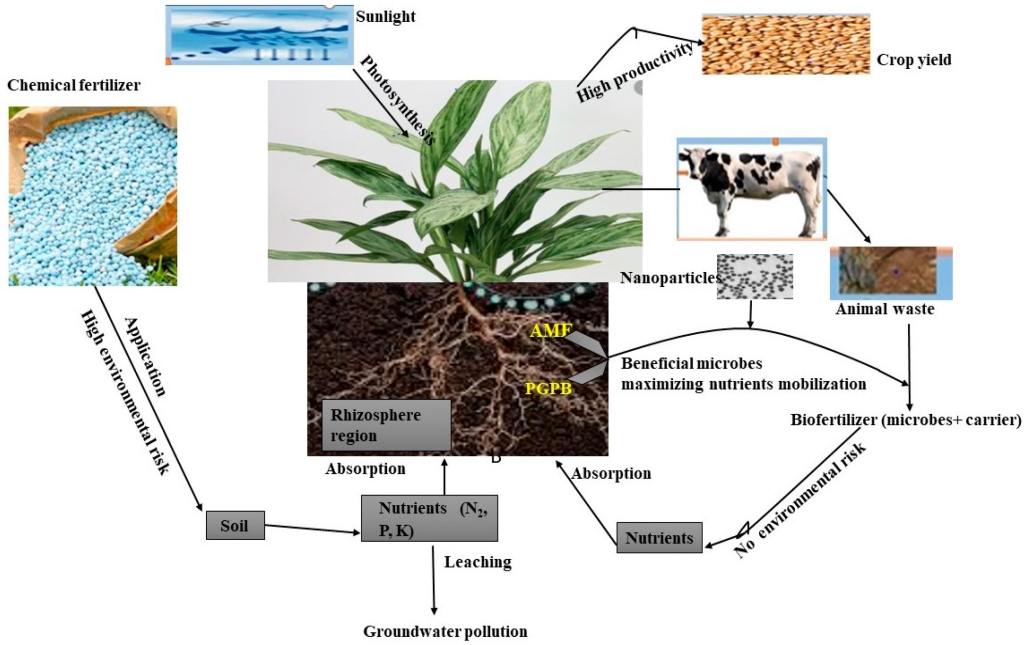Chemical fertilizers and organic fertilizers are two distinct types of soil amendments with different compositions, sources, and impacts on soil health and the environment.

- Composition and Sources:
- Chemical Fertilizers: These are manufactured using synthetic chemicals or minerals. They typically contain a concentrated mix of essential nutrients like nitrogen (N), phosphorus (P), and potassium (K), often represented as N-P-K ratios on the packaging. Chemical fertilizers can also include micronutrients like iron, zinc, and copper.
- Organic Fertilizers: These are derived from natural sources such as plant matter, animal waste (manure), compost, bone meal, seaweed, and other organic materials. Organic fertilizers release nutrients slowly as they decompose, providing a more sustainable and long-term nutrient supply to plants.
- Effects on Soil:
- Chemical Fertilizers: While chemical fertilizers can provide a quick nutrient boost to plants, overreliance on them can lead to soil degradation. They may disrupt the soil’s natural microbial balance, decrease organic matter content, and contribute to nutrient imbalances over time.
- Organic Fertilizers: Organic fertilizers improve soil structure by promoting microbial activity, enhancing water retention, and increasing nutrient availability in the long term. They also help build soil organic matter, which is crucial for sustaining soil fertility and supporting diverse soil ecosystems.
- Environmental Impact:
- Chemical Fertilizers: The production and use of chemical fertilizers can have negative environmental consequences. Excessive use can lead to nutrient runoff into water bodies, causing eutrophication and harmful algal blooms. Moreover, the manufacturing process often involves energy-intensive procedures and may contribute to greenhouse gas emissions.
- Organic Fertilizers: Organic fertilizers are more environmentally friendly as they are derived from renewable sources. They contribute to soil health and biodiversity conservation, reduce the risk of water pollution, and support sustainable agricultural practices.
- Nutrient Release and Plant Uptake:
- Chemical Fertilizers: These fertilizers provide nutrients in readily available forms, which can lead to rapid plant uptake. However, the quick-release nature may result in nutrient leaching and wastage, especially in sandy or poorly structured soils.
- Organic Fertilizers: Organic fertilizers release nutrients slowly over time as they decompose, ensuring a steady and balanced nutrient supply for plants. This slow-release mechanism minimizes nutrient losses and promotes efficient nutrient utilization by plants.
In conclusion, the choice between chemical and organic fertilizers depends on various factors such as soil type, crop requirements, environmental considerations, and long-term soil health goals. While chemical fertilizers offer immediate nutrient availability, organic fertilizers support sustainable soil management practices, improve soil health, and have lower environmental impacts. For long-term soil fertility and ecosystem resilience, integrating organic fertilizers into agricultural systems is generally considered better for soil health and overall sustainability.

